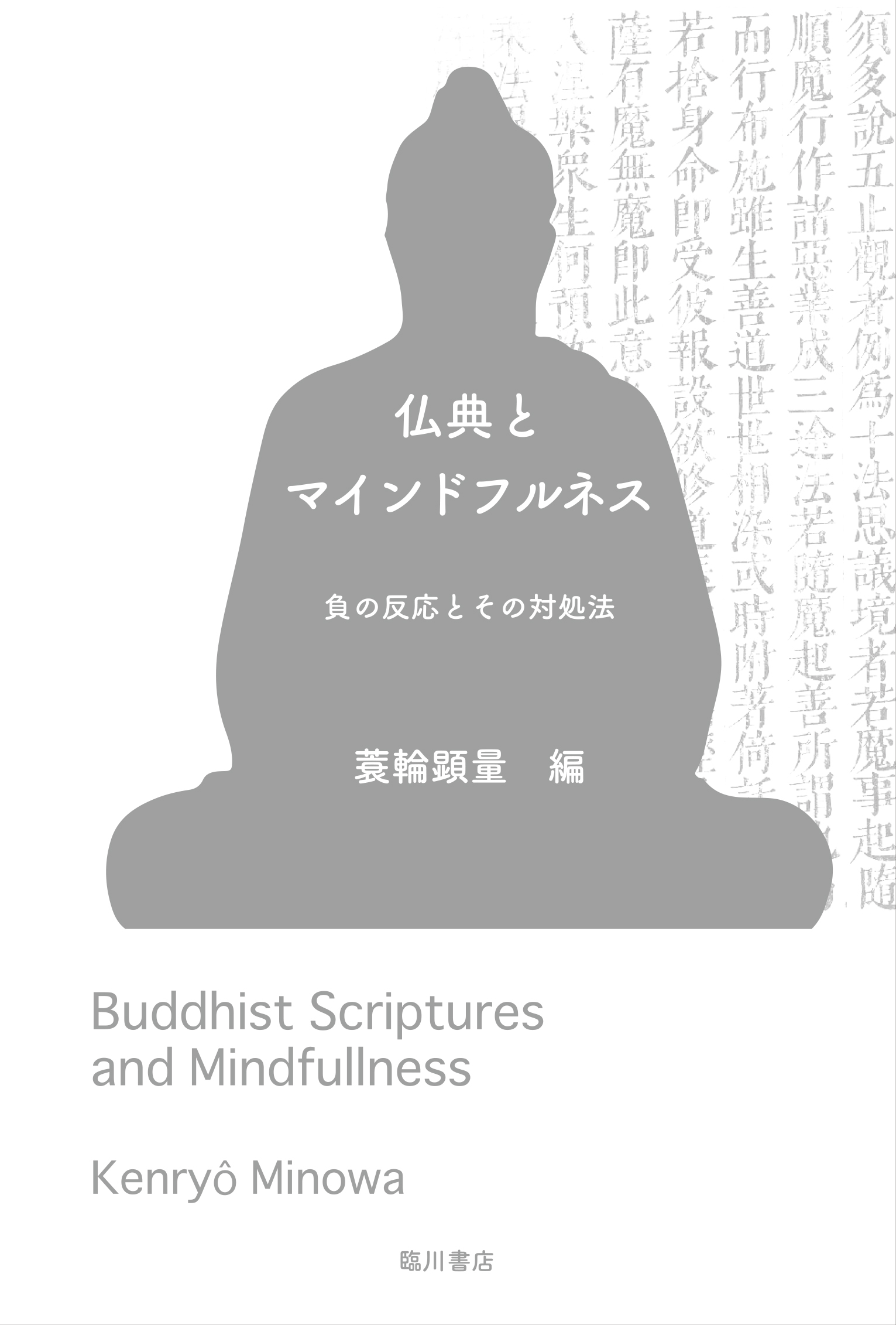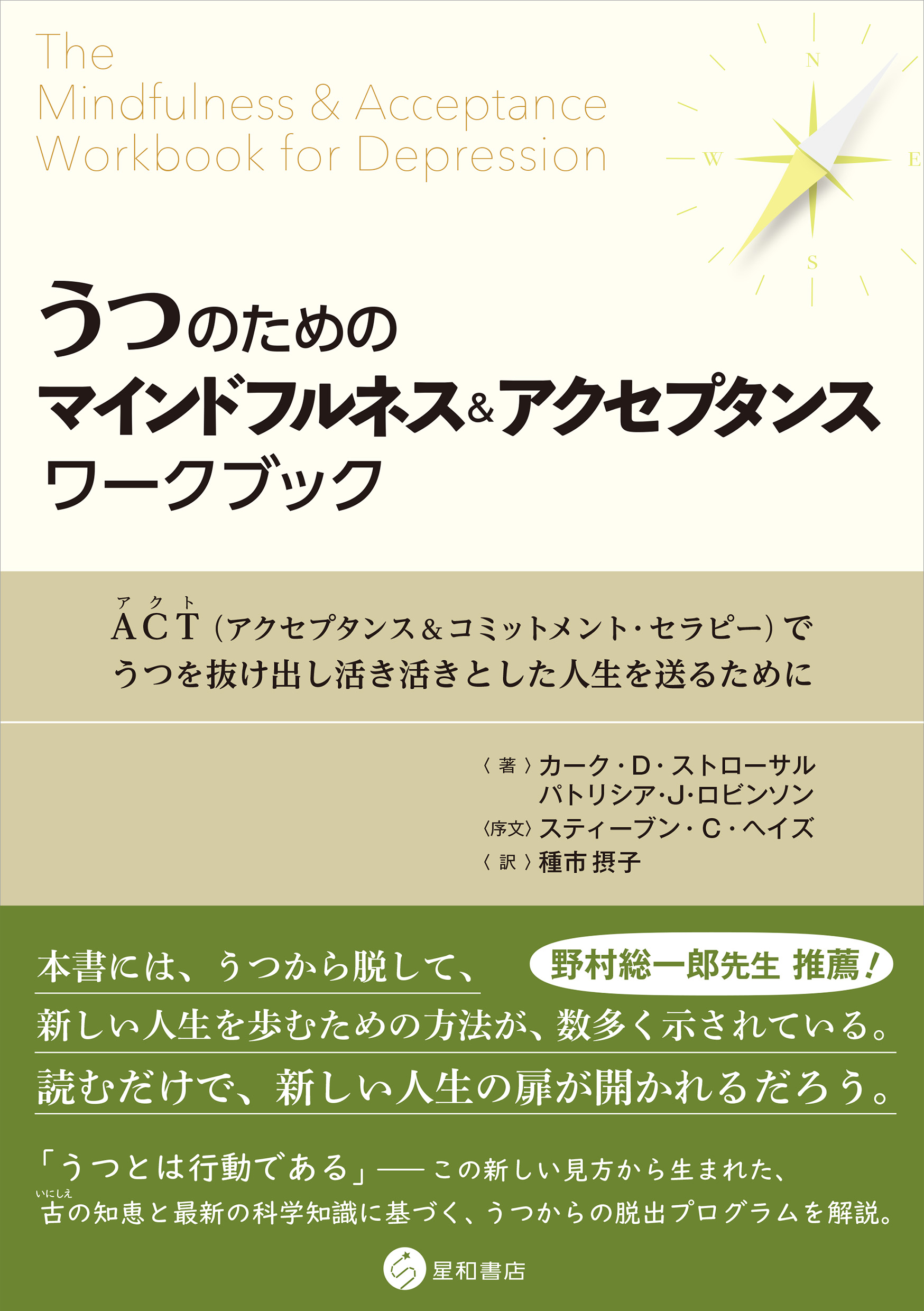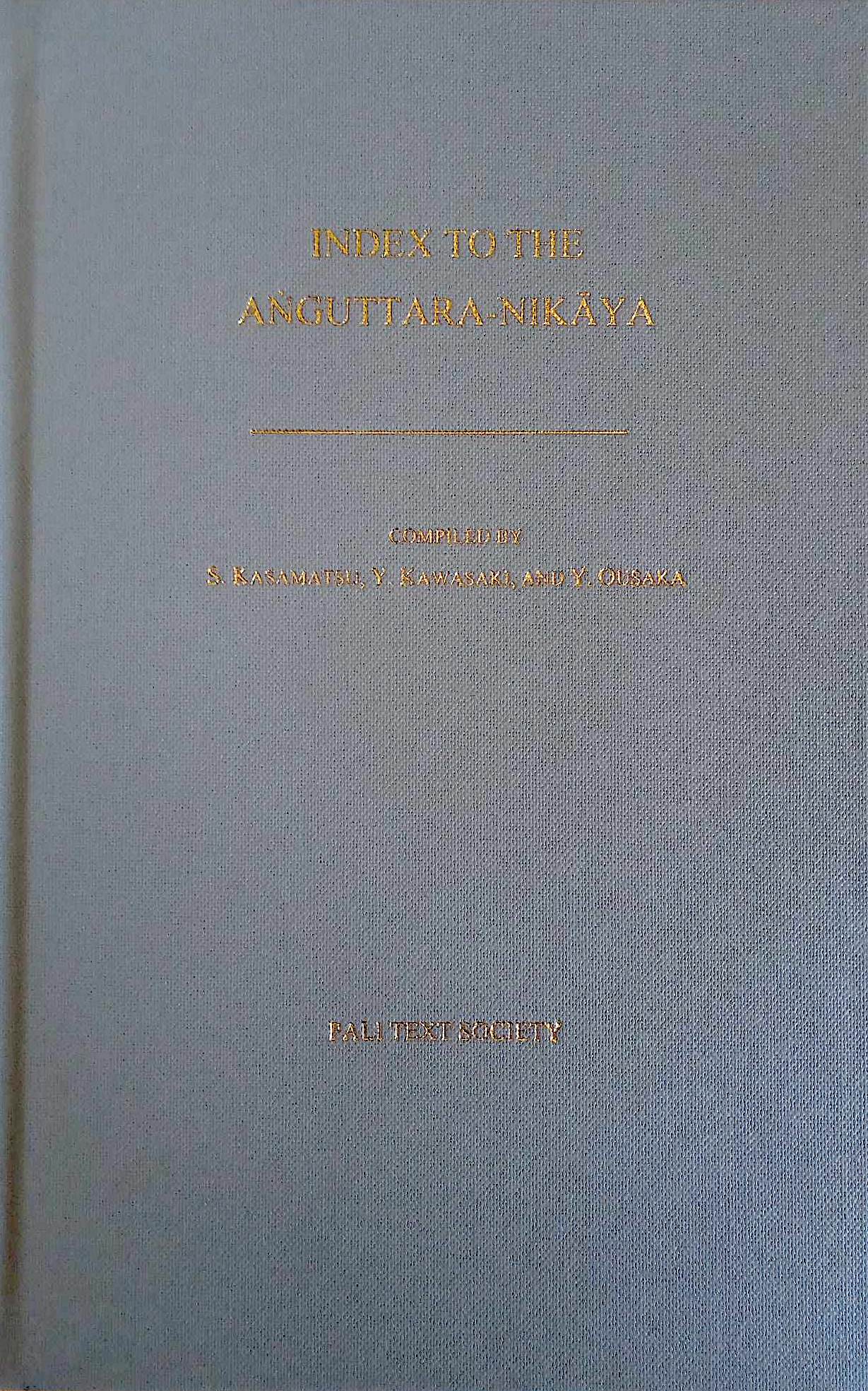
Title
Butten to Mindfulness (The Relation between the Buddhist Canons and Mindfulness Studies of the Psychology and Brain Science)
Size
320 pages, 127x188mm, softcover
Language
Japanese
Released
June, 2021
ISBN
978-4-653-04436-9
Published by
Rinsen Book Co.
Book Info
See Book Availability at Library
Japanese Page
This book is an easy-to-understand compilation of the results of joint research on Buddhist meditation conducted by researchers in the fields of Buddhist studies, Psychology, and Brain Science. Since the authors were drawn from different fields, the book may seem a little disjointed. However, we are proud of the fact that this is the result of a fusion of the humanities and sciences, based on a shared interest in the same subject, meditation.
The Buddhist tradition of meditation, meaning the observation of the body and mind, is based on the Pali word satipaṭṭhāna, which eventually came to be expressed in the terms samatha and vipassanā. Its characteristic feature is to turn our attention to our actions and be well aware of them. As we continue this observation, we may recall things from the past or hallucinations may appear. We aimed to have an easy-to-understand introduction to how to deal with these negative reactions of the mind, approached from Buddhist studies, Psychology, and other disciplines. In addition, we asked them to summarize how this observation conveyed by Buddhism can be understood from the fields of Psychology and Brain Science, and to what extent current research has progressed.
The three papers by Minowa, Hayashi, and Yo introduce how to approach negative reactions using examples from Buddhist studies, while Sakuma's paper discusses how the interface between Buddhist studies, Psychology, and Brain Science is possible. Next, from the field of Psychology, Koshikawa presents an easy-to-understand summary of her experiments on the effects of meditation in various situations.
From the field of Brain Science, Kumano and Imamizu discuss the topic. Kumano introduces his efforts to make brain waves visible to the brain during meditation, while Imamizu discusses meditation from the perspective of the default mode network. He says that our brain is working even when we are quiet and relaxed, which is called the default mode, and that this brain network may be related to Buddhist meditation.
From the perspective of Buddhist studies, however, this is only half of the world that meditation aims to create. The important point is vipassanā observation, or metacognition, which is known as mindfulness, or awareness, but we have yet to explore what is happening in the brain. It is known empirically that this observation suppresses automatic thinking, but clarifying its mechanism of action is the next challenge.
Incidentally, mindfulness, which is now well known to many people, is precisely this vipassanā observation. If we can understand its mechanism of action, it should benefit us greatly. Nevertheless, the fact that leading researchers have come together to discuss Buddhist meditation is remarkable; furthermore, they have written in a way that is easy to understand, this is something that has never been done before, and should be highly regarded.
(Written by MINOWA Kenryo, Professor, Graduate School of Humanities and Sociology / 2022)



 Find a book
Find a book






